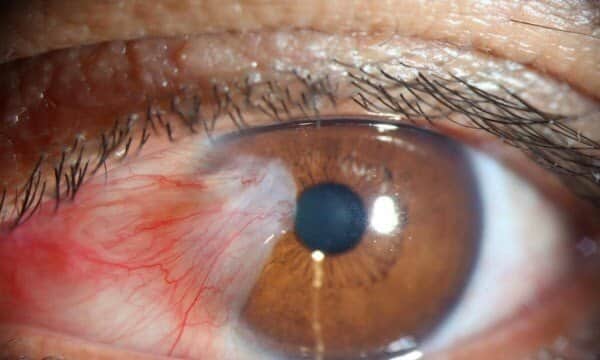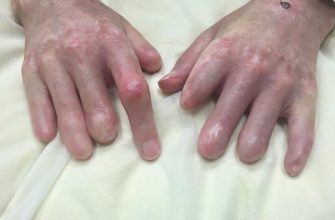What is a Pterygium?
A pterygium is a non-cancerous growth of pink, fleshy tissue on the eye’s conjunctiva that extends onto the cornea. Often called “surfer’s eye,” it’s linked to UV light exposure and dry, dusty environments.
Key Facts (American Academy of Ophthalmology [AAO]):
✔ Affects 1 in 100 Americans, especially in sunny climates
✔ Grows slowly over years
✔ Can recur after removal (15-30% of cases)
✔ Not cancerous but may affect vision if large
Types (AAO)
- Primary Pterygium (Most Common):
- First occurrence, usually nasal side of eye
- Recurrent Pterygium:
- Returns after surgical removal
- Double Pterygium:
- Growths on both nasal and temporal sides (rare)
Symptoms (Mayo Clinic)
✔ Flesh-colored growth on the white of the eye
✔ Redness and irritation (grittiness)
✔ Blurred vision if it grows over cornea
✔ Dry eye sensation
✔ Foreign body feeling
Usually NOT Present: Pain or rapid growth (these suggest cancer)
Diagnosis (AAO)
- Slit-Lamp Exam: Magnified view of growth
- Visual Acuity Test: Checks for vision changes
- Corneal Topography: Maps astigmatism caused by growth
- Biopsy (if cancer suspected)
Treatment (NIH)
Non-Surgical Options:
Artificial tears (for dryness)
Steroid eye drops (reduce inflammation)
UV-blocking sunglasses (prevent growth)
Surgical Removal (When Needed):
- Indicated if:
- Vision is affected
- Chronic inflammation
- Cosmetic concerns
- Techniques:
- Conjunctival autograft (gold standard, lowest recurrence)
- Amniotic membrane transplant
- Mitomycin C (anti-scarring agent)
Prevention (CDC)
✔ Wear 100% UV-blocking sunglasses outdoors
✔ Use wide-brimmed hats in sunny climates
✔ Avoid dust/dry environments when possible
✔ Regular eye exams if at risk
Red Flags – When to See a Doctor (AAO)
Seek Immediate Care If:
- Rapid growth or color changes
- Bleeding from the growth
- Sudden vision changes
- Pain (very uncommon in simple pterygium)
Schedule an Exam If:
- Growth is enlarging toward pupil
- Persistent redness/irritation
- Contact lens discomfort







